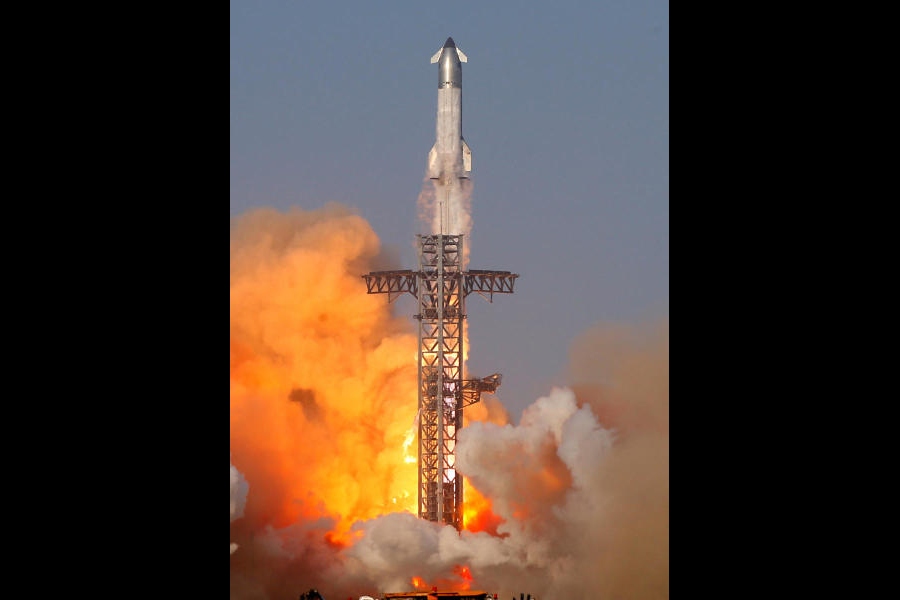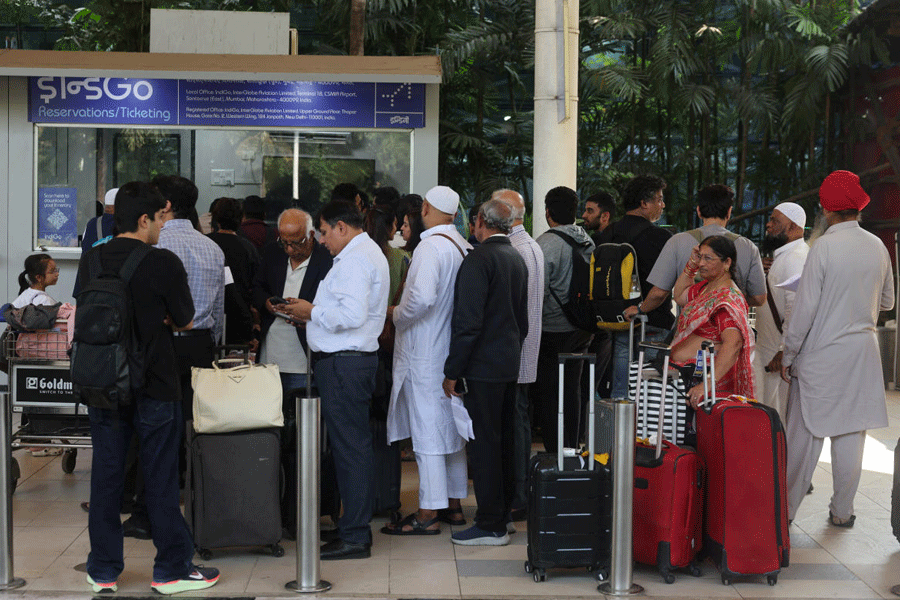The latest flight of SpaceX’s Starship, the largest and most powerful rocket ever built, got all the way up to space, but not all the way back down to Earth.
The upper-stage vehicle coasted through space on Tuesday, surpassing flights in January and March that ended in explosions and showers of debris over the Atlantic Ocean. But halfway through its journey, the spacecraft sprang a propellant leak. That caused it to start spinning out of control. The Starship vehicle used in the test flight was not able to survive the intense heat, breaking up as it fell back into the atmosphere.
By design, the debris fell into the Indian Ocean, far from areas inhabited by people.
That suggests SpaceX engineers still have much work to do with Starship, especially the upper-stage vehicle, before the spacecraft can be reused frequently, a necessity for fulfilling the vision of Elon Musk, who founded the company in order to send people to Mars one day.
Several tests that SpaceX planned during the flight, the ninth, were not conducted.
Several hours before the launch, Musk told Tim Dodd, a space journalist who hosts the “Everyday Astronaut” video podcast, that “by far the most important thing” was the re-entry portion of the test flight. The heat protection on the underside of the spacecraft included several variations to see what might work best.
“It’s all about the tiles,” Musk said.
Because the spacecraft was spinning by then, that data was not collected, and the tests will have to be attempted again on the next flight.
There was nonetheless progress during the flight, which lifted off from Starbase, Texas, around 7:37 pm Eastern.
The company appears to have fixed the problems that caused the spacecraft to explode during the ascent of the two previous test flights.
“Starship made it to the scheduled ship engine cutoff, so big improvement over last flight!” Musk wrote on X after the flight’s end. “Also, no significant loss of heat shield tiles during ascent. Leaks caused loss of main tank pressure during the coast and re-entry phase.”
The mission also flew a booster that had been used for an earlier test flight in January — important progress toward demonstrating a rocket that can be flown over and over.
But that too also was an incomplete achievement. While the re-flown Super Heavy booster worked on the way up, it was lost as three engines lit up to simulate a landing over the Gulf of Mexico.
However, SpaceX was attempting various tests to push the performance of the booster, suggesting that the outcome may not have been a major setback”.
Musk had planned to deliver a talk earlier on Tuesday before the launch titled, “The Road to Making Life Interplanetary”. But a minutes after it was set to begin, he announced it was postponed until after the test flight.
He made no mention of it after the test flight.
In his post-launch X post, he said the next three Starship test flights would occur at a faster pace, one every three to four weeks.











